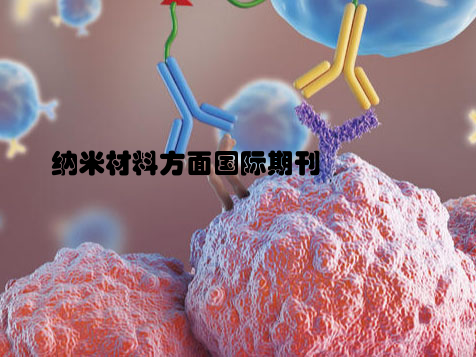Advanced Materials
Nanomaterials have attracted significant interest in recent years due to their unique properties and potential applications in various fields. This article aims to provide an overview of recent developments in the field of nanomaterials, with a focus on their synthesis, characterization, and applications.

Synthesis of Nanomaterials
The synthesis of nanomaterials has witnessed significant progress in recent years. Various methods such as chemical vapor deposition, sol-gel process, and molecular beam epitaxy have been developed for the controlled synthesis of nanomaterials with desired properties. Moreover, the use of green synthesis methods employing natural extracts and bio-based materials has gained attention due to their sustainability and environmental friendliness.
Characterization Techniques
Characterization of nanomaterials is essential for understanding their structure-property relationships. Advanced techniques such as transmission electron microscopy (TEM), scanning electron microscopy (SEM), X-ray diffraction (XRD), and atomic force microscopy (AFM) have been widely used for the characterization of nanomaterials. Additionally, spectroscopic methods such as UV-visible spectroscopy, Raman spectroscopy, and Fourier-transform infrared spectroscopy (FTIR) provide valuable insights into the optical and chemical properties of nanomaterials.
Properties of Nanomaterials
Nanomaterials exhibit unique properties such as high surface area, quantum confinement effects, and enhanced mechanical, electrical, and optical properties compared to their bulk counterparts. These properties make nanomaterials promising candidates for various applications including catalysis, sensors, energy storage, biomedical devices, and environmental remediation.
Applications of Nanomaterials
The wide range of applications for nanomaterials has spurred extensive research in the field. Nanomaterials are being explored for the development of efficient catalysts for chemical processes, high-performance electrodes for energy storage devices, sensitive biosensors for medical diagnostics, and novel drug delivery systems for targeted therapies. Furthermore, the use of nanomaterials in environmental applications such as water purification and pollution remediation holds great promise for addressing environmental challenges.
Challenges and Future Perspectives
Despite the rapid progress in the field of nanomaterials, several challenges remain to be addressed. These include the scale-up of nanomaterial synthesis processes, safety concerns associated with the potential toxicity of certain nanomaterials, and the need for standardization of characterization techniques. Looking ahead, the integration of nanomaterials into practical devices and industries will require interdisciplinary collaboration and continued research to realize their full potential in addressing global challenges.
In conclusion, nanomaterials represent a rapidly evolving field with diverse potential applications. Continued research and development efforts in the synthesis, characterization, and applications of nanomaterials are essential for harnessing their unique properties and addressing societal needs.



